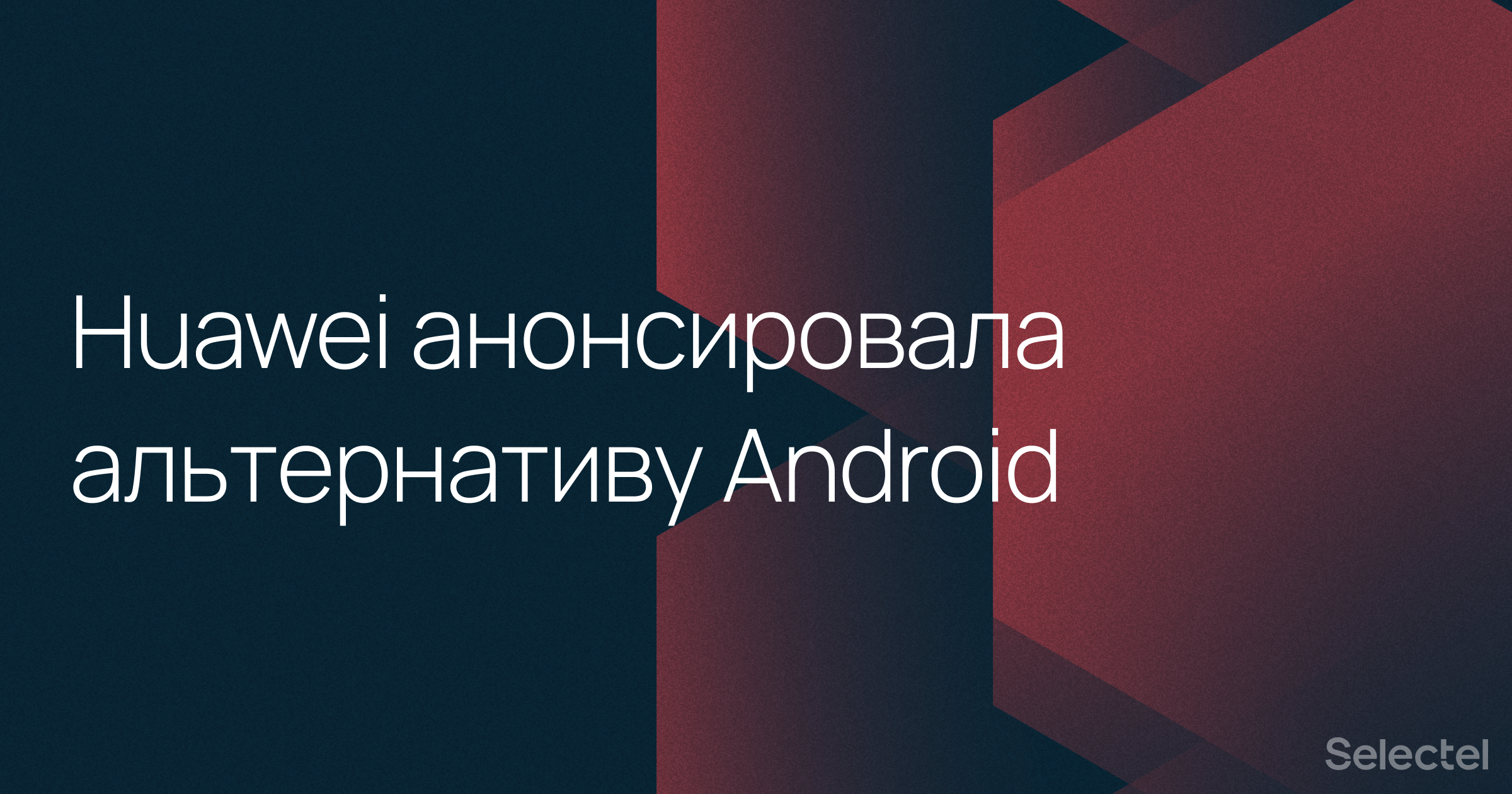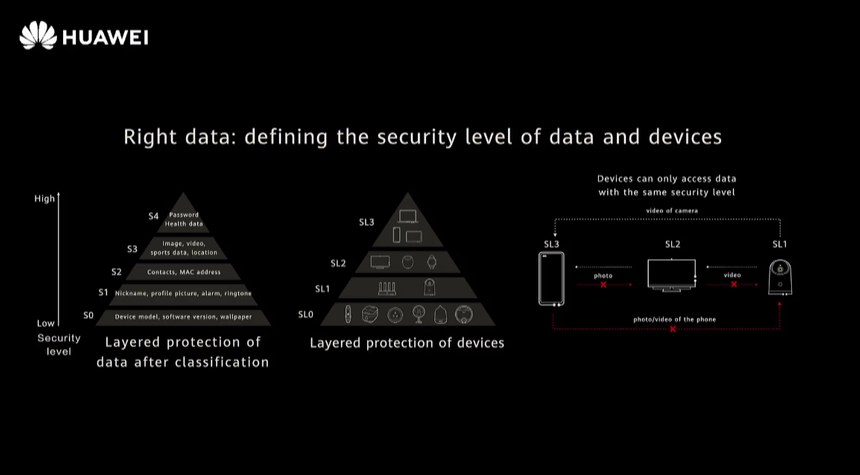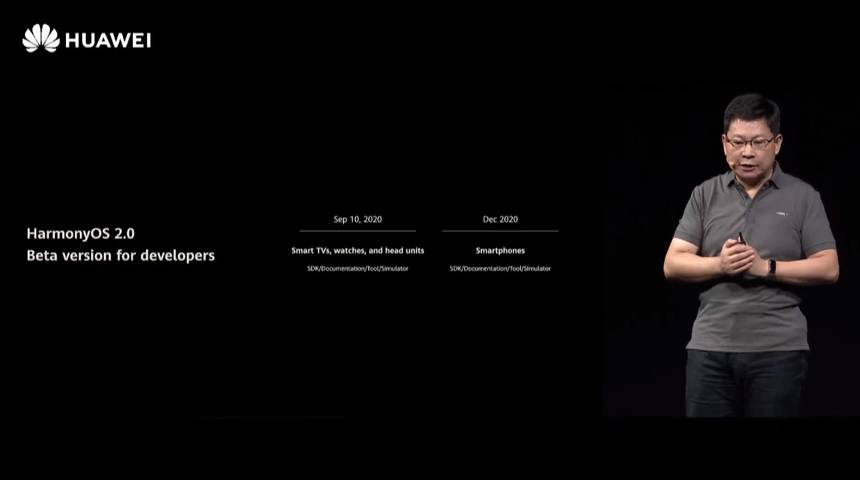
A year and a half ago, the US government decided to impose sanctions against the Chinese company Huawei. As a result, the Chinese lost access to a large number of resources, and almost all suppliers of electronic components that depend on the United States were cut off from them.
In addition to hardware, Huawei has lost the ability to use Android OS with Google services. The company decided to create an alternative mobile OS for its own devices. A year later, this operating system was announced , in addition, the company announced the timing of the launch of the first devices on its own OS.
We are talking about HarmonyOS 2.0 (in China - Hongmeng OS 2.0), which will appear on Huawei devices. It will support any device with at least 124 MB of RAM and 4 GB of ROM.
The peculiarity of the operating system is that it "understands" which device the software is running on, adapting the application interface for a specific device. And these are wearable devices, smart TVs, and cars.
The second feature is the differentiation of access levels within the system. For example, if a device with HarmonyOS 2.0 does not have an NFC module, then a Bluetooth connection with a smartphone cannot be used to connect to Huawei Pay. The operating system determines the capabilities of the device on which it is running, and allows the gadget to perform only the actions available in each specific case.

As for the release of the OS "to the people", the first HarmonyOS 2.0 will be tested on smart watches and TVs, this will happen in September. In December, the new OS will be tested in conjunction with smartphones. Powerful smartphones with HarmonyOS 2.0 will hit the market no earlier than next October. By that time, all the company's devices will be transferred to the OS of its own design.
Hongmeng OS 2.0 is open source, and developers will receive emulators, SDKs and IDE tools.
The company announced its operating system at the HDC 2020 event, which will also showcase the new flagships Huawei Mate 40 and Mate 40 Pro and various accessories recently released by the company.

In February of this year, Huawei said it would not return to using Google services even if the US lifted the sanctions. The company “plans to pursue its own independent approach in the selection of mobile applications.” The head of the Austrian division of Huawei, Fred Wangfei, said at a press conference in Vienna: “We would like to continue to use the open Android ecosystem. But if we are not given this opportunity, we will own ecosystem of alternative software products ”.

Also last year Huawei announced the start of development of its own app store, more than $ 1 billion was invested in this project.
